The historical dictionaries present essential information on a broad range of subjects, including American and world history, art, business, cities, countries, cultures, customs, film, global conflicts, international relations, literature, music, philosophy, religion, sports, and theater. Written by experts, all contain highly informative introductory essays of the topic and detailed chronologies that, in some cases, cover vast historical time periods but still manage to heavily feature more recent events.
Brief AZ entries describe the main people, events, politics, social issues, institutions, and policies that make the topic unique, and entries are cross-referenced for ease of browsing. Extensive bibliographies are divided into several general subject areas, providing excellent access points for students, researchers, and anyone wanting to know more. Additionally, maps, photographs, and appendixes of supplemental information aid high school and college students doing term papers or introductory research projects. In short, the historical dictionaries are the perfect starting point for anyone looking to research in these fields.
Historical Dictionaries of Europe
Jon Woronoff, Series Editor
Greece, by Thanos M. Veremis and Mark Dragoumis. 1995.
Romania, by Kurt W. Treptow and Marcel Popa. 1996.
United Kingdom: Volume 1, England and the United Kingdom; Volume 2, Scotland, Wales, and Northern Ireland, by Kenneth J. Panton and Keith A. Cowlard. 1997, 1998.
Hungary, by Steven Bla Vrdy. 1997.
Ireland, by Colin Thomas and Avril Thomas. 1997.
Russia, by Boris Raymond and Paul Duffy. 1998.
Federal Republic of Yugoslavia, by Zeljan Suster. 1999.
Belgium, by Robert Stallaerts. 1999.
Poland, 2nd edition, by George Sanford. 2003.
Finland, 2nd edition, by George Maude. 2007.
Belgium, 2nd edition, by Robert Stallaerts. 2007.
Moldova, 2nd edition, by Andrei Brezianu and Vlad Spnu. 2007.
Contemporary Germany, by Derek Lewis with Ulrike Zitzlsperger. 2007.
Netherlands, 2nd edition, by Joop W. Koopmans and Arend H. Huussen Jr. 2007.
Slovenia, 2nd edition, by Leopoldina Plut-Pregelj and Carole Rogel. 2007.
Bosnia and Herzegovina, 2nd edition, by Ante uvalo. 2007.
Modern Italy, 2nd edition, by Mark F. Gilbert and K. Robert Nilsson. 2007.
Belarus, 2nd edition, by Vitali Silitski and Jan Zaprudnik. 2007.
Latvia, 2nd edition, by Andrejs Plakans. 2008.
Contemporary United Kingdom, by Kenneth J. Panton and Keith A. Cowlard. 2008.
Norway, by Jan Sjvik. 2008.
Denmark, 2nd edition, by Alastair H. Thomas. 2009.
France, 2nd edition, by Gino Raymond. 2008.
Spain, 2nd edition, by Angel Smith. 2008.
Iceland, 2nd edition, by Gumundur Hlfdanarson. 2009.
Turkey, 3rd edition, by Metin Heper and Nur Bilge Criss. 2009.
Republic of Macedonia, by Dimitar Bechev. 2009.
Cyprus, by Farid Mirbagheri. 2010.
Austria, 2nd edition, by Paula Sutter Fichtner. 2009.
Modern Greece, by Dimitris Keridis. 2009.
Czech State, 2nd edition, by Rick Fawn and Ji Hochman. 2010.
Portugal, 3rd edition, by Douglas L. Wheeler and Walter C. Opello Jr. 2010.
Croatia, 3rd edition, by Robert Stallaerts. 2010.
Albania, 2nd edition, by Robert Elsie. 2010.
Malta, 2nd edition, by Uwe Jens Rudolf and Warren G. Berg. 2010.
Armenia, 2nd edition, by Rouben Paul Adalian. 2010.
Russian Federation, by Robert A. Saunders and Vlad Strukov. 2010.
Kosovo, 2nd edition, by Robert Elsie. 2011.
Lithuania, 2nd edition, by Saulius Suiedlis. 2011.
Ukraine, 2nd edition, by Ivan Katchanovski, Zenon E. Kohut, Bohdan Y. Nebesio, and Myroslav Yurkevich. 2013.
Ireland, new edition, by Frank A. Biletz. 2014.
Slovakia, 3rd edition, by Stanislav J. Kirschbaum. 2014.
Switzerland, 2nd edition, by Leo Schelbert. 2014.
Bulgaria, 3rd edition, by Raymond Detrez. 2015.
Georgia, 2nd edition, by Alexander Mikaberidze. 2015.
Estonia, 2nd edition, by Toivo Miljan. 2015.
Sweden, 3rd edition, by Elisabeth Elgn and Irene Scobbie. 2015.
Iceland, 3rd edition, by Sverrir Jakobsson and Gumundur Hlfdanarson. 2015.
Historical Dictionary of Iceland
Third Edition
Sverrir Jakobsson and Gumundur Hlfdanarson
ROWMAN & LITTLEFIELD
Lanham Boulder New York Toronto Plymouth, UK
Published by Rowman & Littlefield
4501 Forbes Boulevard, Suite 200, Lanham, Maryland 20706
http://www.rowman.com
Unit A, Whitacre Mews, 26-34 Stannary Street, London SE11 4AB
Copyright 2016 by Sverrir Jakobsson and Gumundur Hlfdanarson
All rights reserved. No part of this book may be reproduced in any form or by any electronic or mechanical means, including information storage and retrieval systems, without written permission from the publisher, except by a reviewer who may quote passages in a review.
British Library Cataloguing in Publication Information Available
Library of Congress Cataloging-in-Publication Data
Names: Sverrir Jakobsson, 1970- author. | Gumundur Hlfdanarson, 1956- author.
Title: Historical dictionary of Iceland / Sverrir Jakobsson and Gumundur Hlfdanarson.
Description: 3rd edition. | Lanham : Rowman & Littlefield, [2016] | Series: Historical dictionaries of Europe | Includes bibliographical references.
Identifiers: LCCN 2015039252| ISBN 9781442262904 (hardcover : alkaline paper) | ISBN 9781442262911 (e-book)
Subjects: LCSH: IcelandHistoryDictionaries.
Classification: LCC DL338 .G82 2016 | DDC 949.12003dc23
LC record available at http://lccn.loc.gov/2015039252
 The paper used in this publication meets the minimum requirements of American National Standard for Information Sciences Permanence of Paper for Printed Library Materials, ANSI/NISO Z39.48-1992.
The paper used in this publication meets the minimum requirements of American National Standard for Information Sciences Permanence of Paper for Printed Library Materials, ANSI/NISO Z39.48-1992.
Printed in the United States of America
A
ABSOLUTISM
Danish absolutism was formally instituted in 16601661 when King Frederick III compelled the Danish aristocracy to renounce the last vestiges of the power they wielded in the selection of new kings. To secure the legitimacy of the new regime in Iceland, the Danish governor summoned the most influential leaders of the country to endorse the kings actions. At the meeting, held at Kpavogur close to Reykjavk, in late July 1662, the Icelandic representatives accepted the absolutist rule, albeit with certain reservations. This did not cause an immediate shift in the Icelandic administration, but gradually the absolutist monarchy abrogated many of the local privileges that limited royal authority in Iceland. Thus, in the early 18th century, Alingi became a mere court of law, serving as an appellate court between the local county courts and the Supreme Court in Copenhagen. Following these changes, the royal administration in Iceland was reorganized to make it more responsive to the government directives and directly dependent on the crown. As in other regions under the Danish monarchy, the country was made a special administrative district (

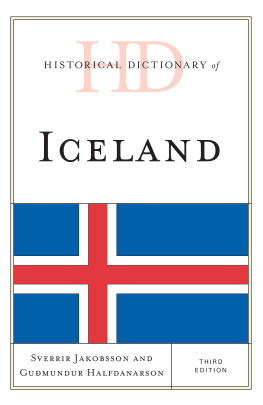
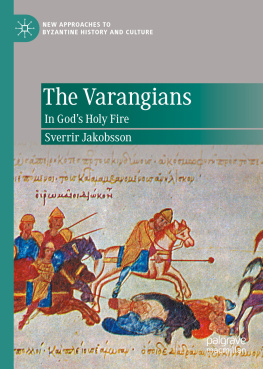

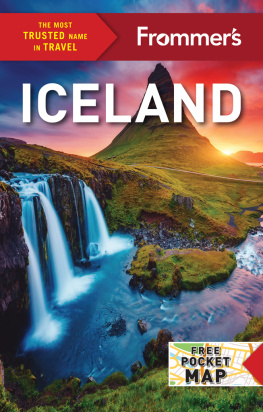
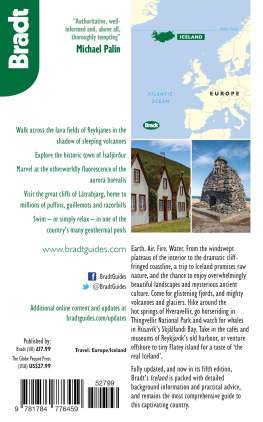
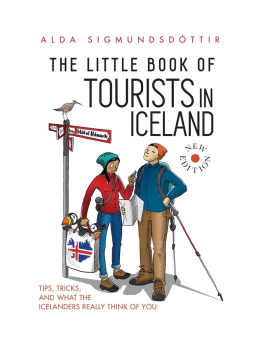
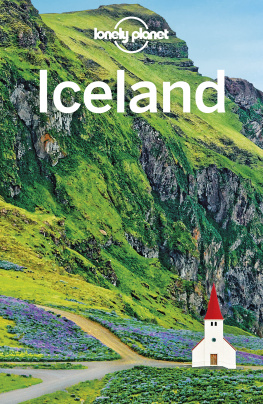
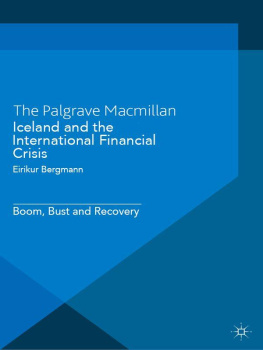
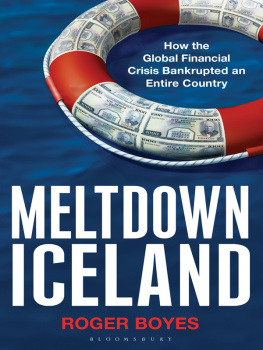
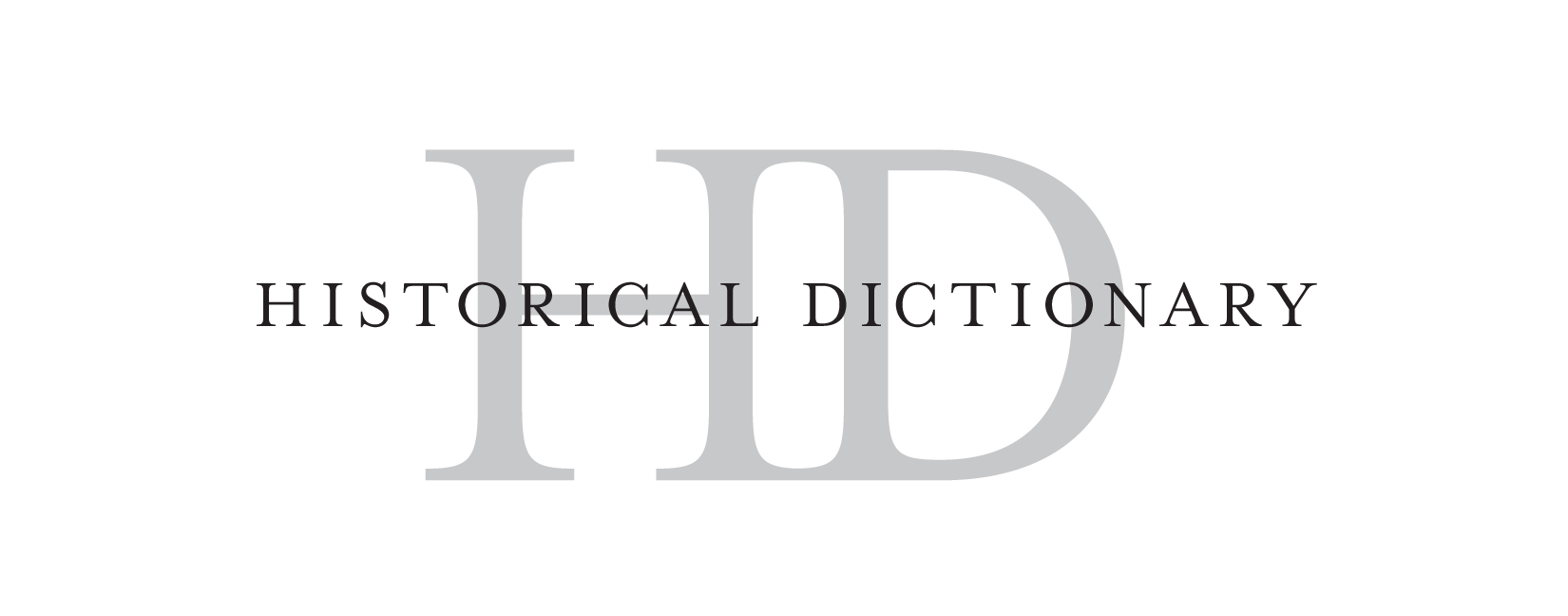
 The paper used in this publication meets the minimum requirements of American National Standard for Information Sciences Permanence of Paper for Printed Library Materials, ANSI/NISO Z39.48-1992.
The paper used in this publication meets the minimum requirements of American National Standard for Information Sciences Permanence of Paper for Printed Library Materials, ANSI/NISO Z39.48-1992.